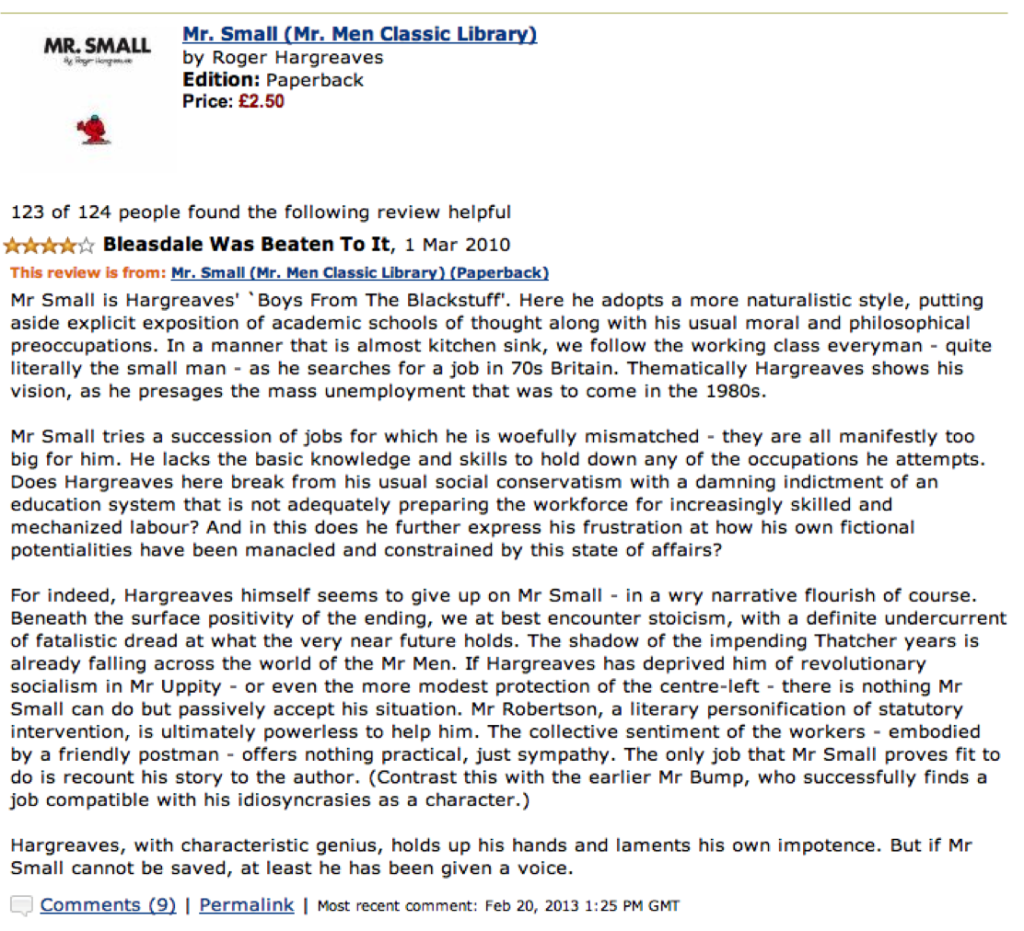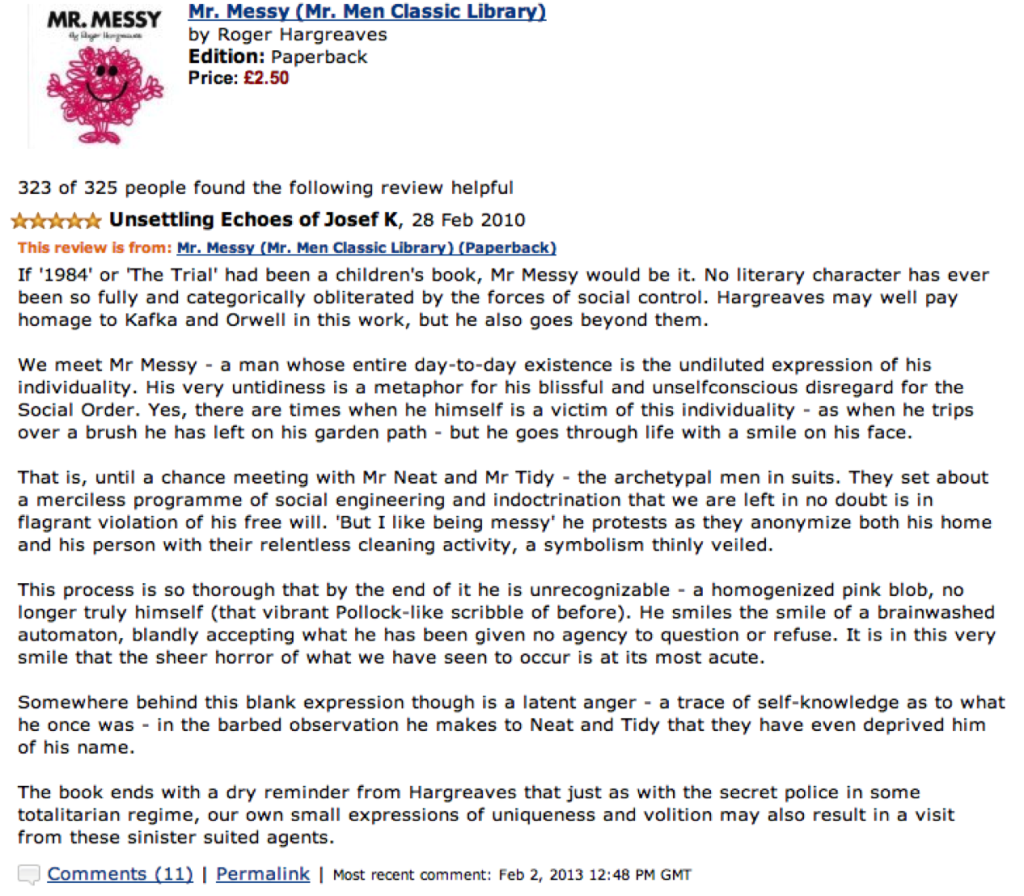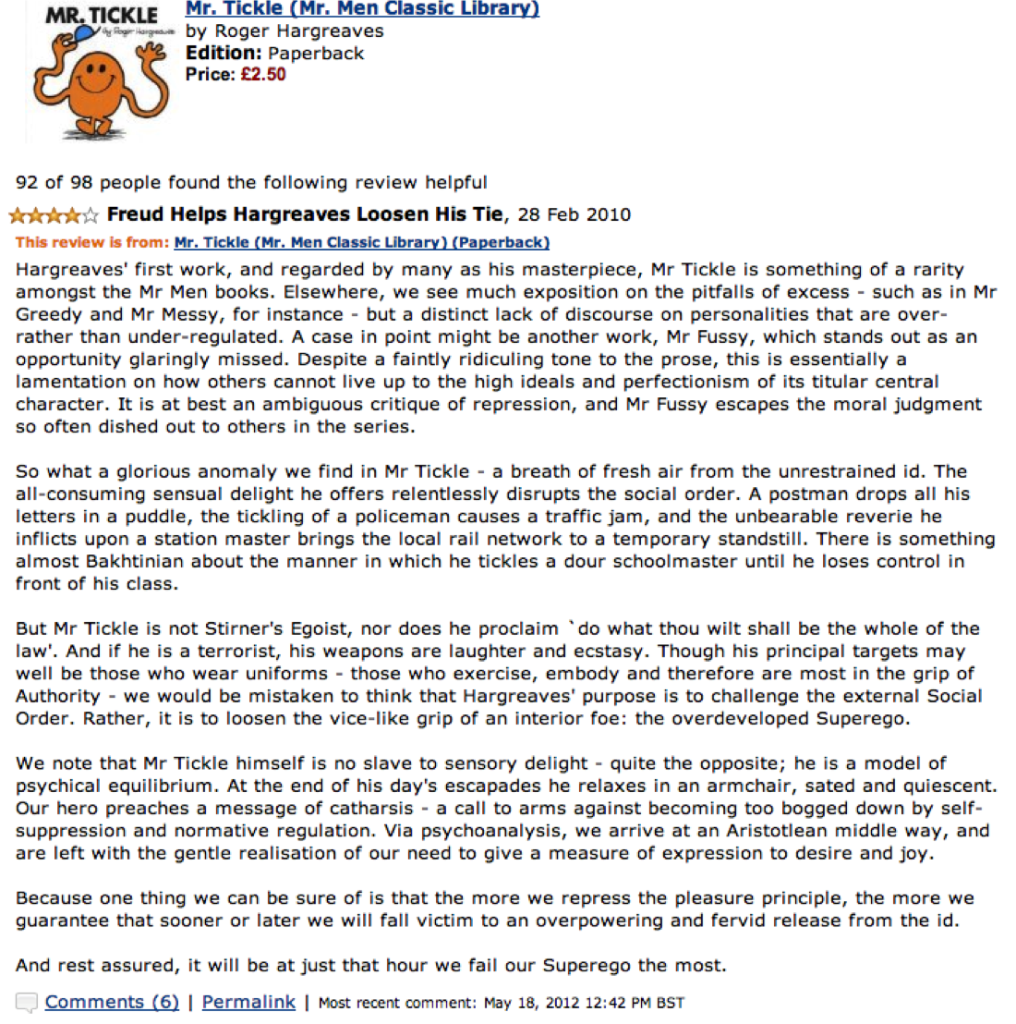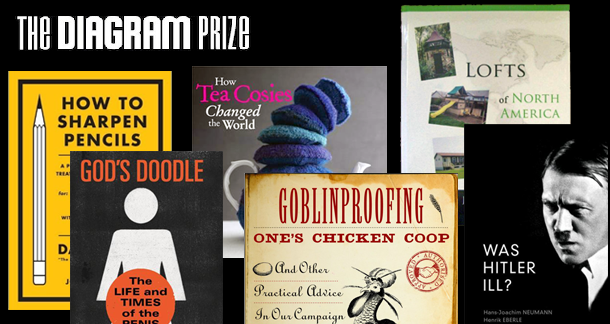You and I are luckier than most of the animal kingdom because we have stereo binocular vision. Our two eyes see the same thing from two slightly different viewpoints (parallax) which, when overlaid and sorted out by the brain, creates depth of field and distance.
For as long as photography and film have existed, people have been trying to achieve the same effect for entertainment purposes. In 1838, Charles Wheatstone invented an item called the
Reflecting Mirror Stereoscope which consisted of a pair of mirrors placed in front of the eyes and angled at 45 degrees towards a pair of drawings of an object viewed at different angles. The effect was a very rudimentary version of 3D, but it is the same basic idea still used today.
Wheatstone then asked photography pioneer William Fox-Talbot to provide him with appropriate Talbotypes. The trick was to take the photos from the same distance, with the same focus, but with a horizontal difference equal to that of the human eyes.
Parallax in action: Sit back and cross your eyes so the images overlap. Voila! 3D!
And a headache, probably. Image of comet Wild 2 (c) NASA
Stereoview cards, using the new technology were available by 1852 and, within 10 years, the London Stereographic Company alone had sold more than a million. Indeed V Jenkins, a photography historian, says that the viewers were as popular in post civil-war America as televisions are today.
By far the most popular subjects for stereographic cards were portraits and landscapes, though other genres included comics, disasters and, of course, erotica.
The 3D peep-show cabinet was patented in 1857 in America, and would consist of a chronological set of stereoscopic cards attached to an endless belt turned by hand. It's not hard to see the progression that takes us from this to
Piranha 3DD, 150-odd years later.
The first moving 3D images were shown using the
Bioscope, invented by Parisian Optician Jules Dubosq. But the first person to display these stereoscopic moving images for a paying public was Emile Reynauld, another Parisian. He was the owner of the 'Theatre Optique' but his catchily named
Stereoscopic Binocular Praxinoscope caused him no end of financial problems,and he ended up throwing the whole thing into the Seine.
The popularity of stereographic images was such that when movies began to be made it seemed obvious that they would be soon shown in 3D.
In 1901, a Charles Francis Jenkins filed a patent for a system of creating 3D movies which is basically the same as that which is used today differing only in the fact that rather than red-green or polarised specs, he would have mechanical glasses that shut each eye off alternately. It seems that he never built his machine. Rumours abound that Hollywood is close to glasses-free 3D but, actually, it did exist in 1940s Russia.
Moscow's
Stereokino theatre used an ingenious structure of 30,000 evenly spaced copper wires on which the movie was projected forming a kind of 'perspective grill'. The problem was that you needed to sit in a very specific position to get the effect (limiting the available seats) and not move; even the slightest movement of the head meant a constant wriggle to get back to the right point. The theatre ran for 18 years though.
Stereo anaglyph of the same comet, also by NASA. You'll need those funny specs though.
Although today's polarised system of 3D was invented back in 1895 by British physicist John Anderton, it was the different-coloured lens system that first had its day. The anaglyph (red-green) system was first used for feature films in 1922 for 'The Power of Love'. However, the breakout movie for 3-D was 1924's 'Plastigrams' which had no storyline, it just involved vignettes such as a baseball being thrown into the audience and a hose being pointed at the camera. One of the brains behind this work of moving picture brilliance, Jacob Leventhal, also invented the bouncing-ball thing that you see on karaoke machines. For one movie, Leventhal took the ingenious move of having two endings, one happy and one sad, which could be viewed individually through either the red or green lens. From that point on, 3D was here to stay.
That said, it does tend to come in waves. We had actor and magician Andy Nyman as a guest on the most recent series of
The Museum of Curiosity and he's a big fan of historical 3D gimmickry. His theory is that the great 3D eras all correspond with perceived threats to the cinema; in the 1950s it was the arrival of TV, in the 70s it was video and, here in the present day, it's the Internet and digital piracy. Here are some interesting facts to consider:
The 1953 3D movie 'The French Line', starring a buxom Jane Russell was advertised with the tag line 'She'll knock BOTH your eyes out!'.
'House of Wax' was the first 3D movie to feature stereo sound. Its director, André de Toth wasn't able to enjoy the 3D effect as he only had one eye.
The most profitable 3D movie ever (by cost to takings ratio) was 'The Stewardesses'. This 1969 movie cost just $100,000 to make but made $27 million thanks to its promise to 'leap from the screen onto your lap
Like it or loathe it, 3D cinema is here to stay. Critic and film historian Mark Kermode has commented that there's been such a huge investment in recent years that Hollywood can't go back now.
So why all this talk of 3D? It's because I, like Andy, also have a love of gimmicky 3D. But my particular love is the
View-Master.
Some of my collection. I have more ... lots more. And no life, apparently.
The old and the new. My Model B (1944-47) and my Model O (2000-present).
I have quite a collection now including a Model B (1944-47), a Model C (1946-1955), Model E (1955-1961), a Model F - which had a built in light source (1959-1966), Model G (1956-1977), Model J (1975-1994) plus a couple of novelty models from the 1990s. But it isn't the viewers that are the stars of the show here - it's the View-Master reels that they show that I love.
Extraordinarily, despite the View-Master being in constant production since 1939 until the present (and made by a number of companies including Sawyer's, GAF, VMI, Mattel, Ideal, Tyco, Fisher-Price) the reels have never changed spec. You can use the same reels in
any model of View-Master viewer - how many other technologies can claim that?
This is why I have a fascination with View-Masters; they are a form of social history. The 'travelogue' reels take you all over the world, but also through time. I have reels showing London in the 1960s, New York in the 1940s and Berlin in the post-war 1950s. I have reels of events such as Elizabeth II's Coronation, the marriage of Prince Rainier and Grace Kelly and the Moon landings - all in glorious 3D. I also have reels that reflect popular culture, TV and films in particular. Tarzan, Hopalong Cassidy, Thunderbirds, Batman (Adam West) and The Flintstones all look great in three dimensions. It also brings children's books to life: I have Aesop's Fables, and many nursery rhymes and fairy stories. Reflecting the time it was made, I also have an adaptation of Helen Bannerman's 'Little Black Sambo' - something you'd be hard pushed to find today.
I'm reliably informed that there is such a thing as View-Master pornography. However, I've never found any. The closest I have is a Brighton-based swimsuit contest from 1970 and a 'glamour girls' reel of topless 3D black and white lovelies from the 1950s. You can also have bespoke View-Master reels made from your own photos - although to be properly 3D you need to provide two parallax images or use a 3D camera.
What makes collecting View-Masters even more pleasurable is that they are cheap. You can pick up a set of reels - even very old ones - on ebay often for under a fiver. The viewers sell regularly for less than a tenner and, lets be honest, you only really need one good viewer. Even a brand new Fisher Price (current owners) gift set (viewer and a set a reels) will only set you back about £15. But there is something much more pleasurable, for me anyway, in the tactile smoothness and hefty rasp and clunk of a Sawyer's Bakelite Model E.
Glorious.

















































